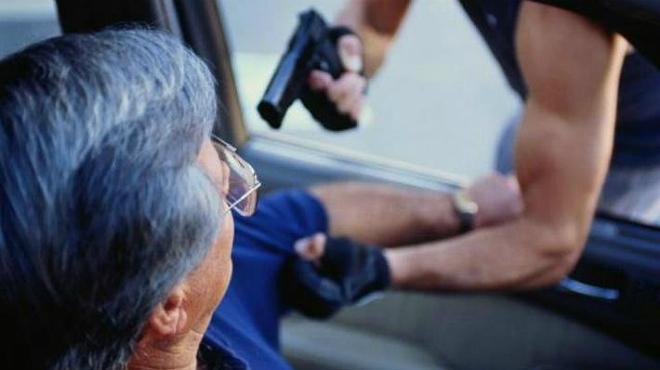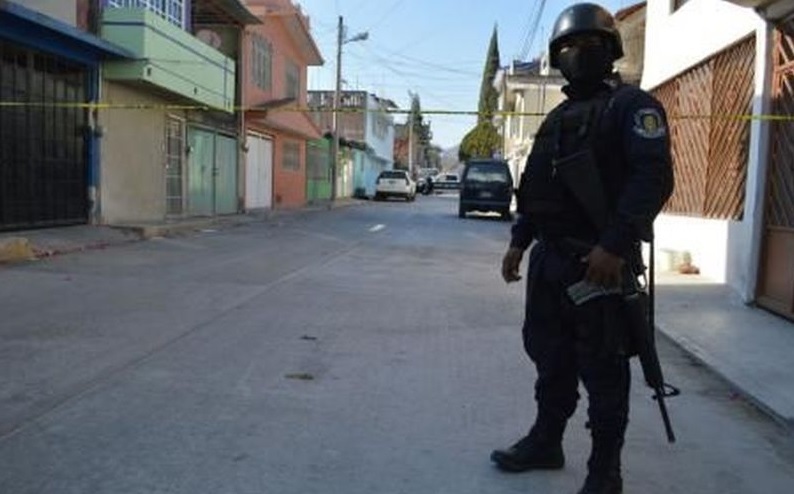Guanajuato is currently living the worst levels of insecurity and violence during the state’s history, since the number of homicides increased considerably from 229 in 2007 to an alarming 961 in 2016, representing 320% more.
This state, that has been governed by the National Action Party (PAN) for the last 25 years (since 1991), just made the top 10 in number of intentional homicides.
According to figures from the Executive Secretariat of the National Public Security System, the top ten includes: Guerrero, Veracruz, Chihuahua, Baja California, Sinaloa, Jalisco, Michoacán, Estado de México, Guanajuato and Mexico City.
Meanwhile, reports from Mexican federal authorities and the US government pointed out that, in recent months, a large number of organized crime groups have a much stronger presence at the Bajío region.
León and Celaya are on the list of the 50 most violent municipalities in the country. Reason why Federal authorities have placed these two entities as high priority.
The drug trafficking cartels that have been detected in Guanajuato are: “La Familia Michoacana” and/or “Caballeros Templarios”, “Cartel del Golfo”, “Zetas” and “Cartel Jalisco Nueva Generación (CJNG)”.

During the year 2016, 708 violent car thefts were registered in the state of Guanajuato. (Photo: Archive/Google)
Although, there is no official record of the Beltrán Leyva Cartel presence in the state so far, the Mexican Army captured the leader of the aforementioned drug cartel, Héctor Beltrán Leyva himself in Guanajuato, on October 1st, 2014.
The state of Guanajuato registered a significantly growing number of violent crimes during 2016, allegedly ascribed to a dispute between the Zetas and the CJNG, not only for drug dealing and trafficking routes, but also for hydrocarbons robberies, which are highly lucrative and upright illicit.
According to the PGR’s criminal map, CJNG has total control of Guanajuato territories. This group is considered by the US authorities as the most powerful in México nowadays, above the Sinaloa Cartel, led by the extradited Joaquin Guzman Loera, “El Chapo”, commanding 30 out of 46 Guanajuato’s municipalities (León, San Francisco del Rincón, Purísima, Manuel Doblado, Silao, Cuerámaro, Dolores Hidalgo, Irapuato, Salamanca, Villagrán, Jaral del Progreso, Maravatío, Salvatierra, Villagrán and San Miguel de Allende), along with other territories in the neighboring states of Jalisco and Michoacán.
Jalisco Nueva Generación displaced the Caballeros Templarios from their influence zone that included municipalities along the stateline with Michoacán, such as Pénjamo, Huanímaro, Abasolo, Valle de Santiago, Yuriria, Moroleón and Uriangato.
According to the statistics from the Executive Secretariat of the National Security System, 6,929 high-impact crimes were committed in Guanajuato during 2016, such as homicides, kidnappings, extortions and vehicle thefts, for a total of 17 cases per day on average.
Among these crimes, homicide and vehicle theft are those that have increased more significantly in recent years.
As of 2007, during Juan Manuel Oliva’s administration, the homicide rate skyrocketed to a total of 229 crime related deaths or executions on that year.
By the year 2014, 709 such crimes were committed, while in 2016, the figure went up to 961 (during Miguel Márquez’ administration), which means an increase of 320 percent in 9 years.
Regarding the car theft with use of violence, Guanajuato faces a similar situation:
In 2007, during the administration of Juan Manuel Oliva, there were 481 cases. In 2015, in the administration of Miguel Márquez, the figure was 545 cases, and in the year 2016, there were 708 robberies, which means an increase of 47 percent in 9 years.
These are the highest crime rates registered in the history of Guanajuato, one of the states with the highest economic growth in both tourism and business sectors.
Source: http://sipse.com/

